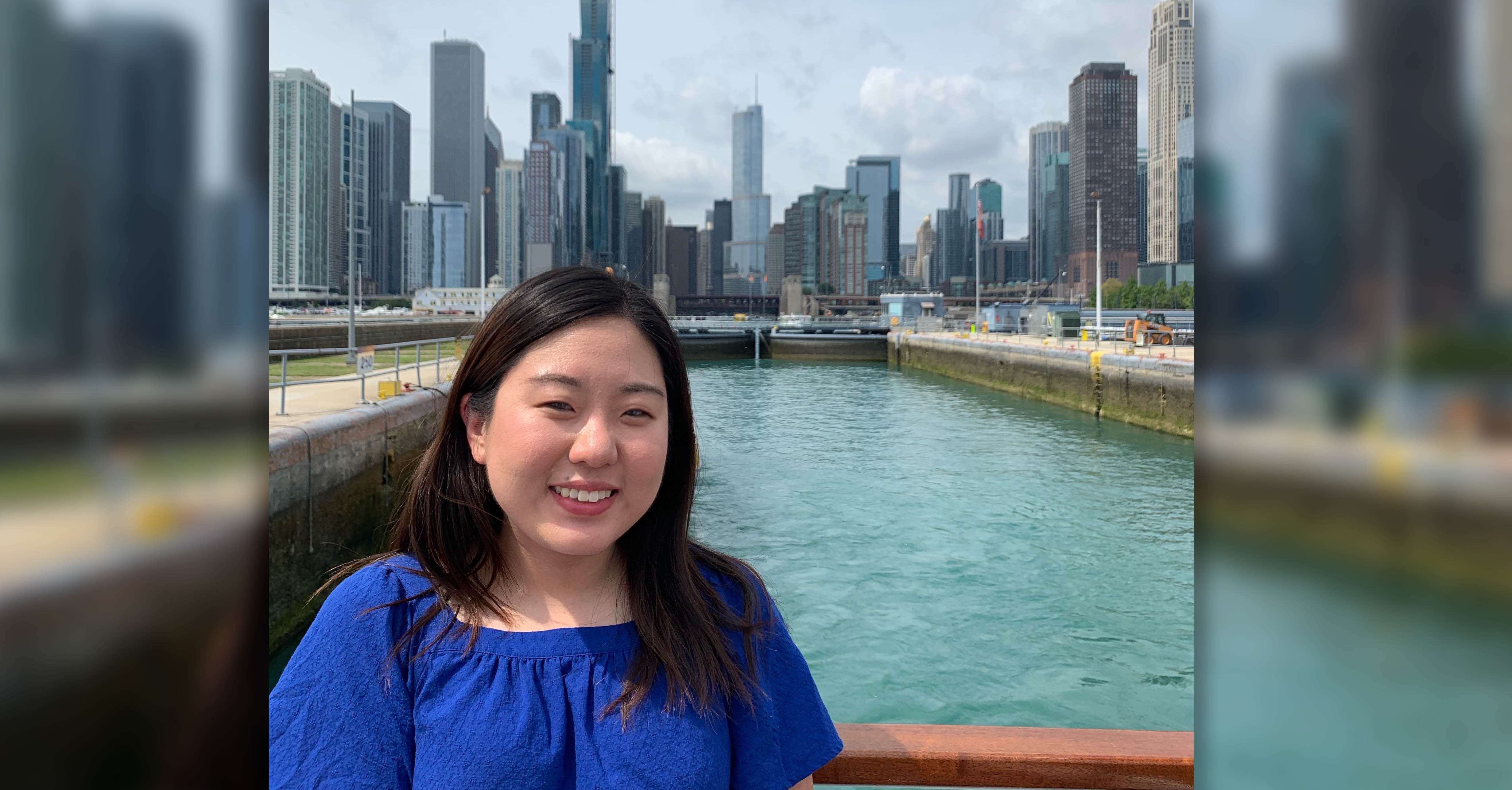Collaborative Experiences Help Biostatistics Master’s Student Stay Focused on the Essential

Chris Barousse
Master’s Student in Biostatistics
For me, the true spirit of public health is staying focused on the essential things—coming together for the greater good, working in teams on scientific questions, and worrying less about things like grades and more about the chance to learn together and advance community health.
During my second year of college, I switched from a pre-med track to a statistics major. I took calculus and it helped me remember how much I loved math.
That summer, I participated in the University of Minnesota’s Life Sciences Summer UG Research Program. I worked on the relationship between cancer and the microbiome, using my math skills and gaining knowledge of biological sciences to understand more about important biomarkers.
That experience was big for me. It made me want to do more projects related to public health.
I completed my bachelor’s degree in statistics, then worked as a data science intern at the National Institute of Allergy and Infectious Diseases, part of the National Institutes of Health. For two years I learned all I could about infectious disease, including work in the lab of Dr. Rebecca Prevots, MPH ’88, PhD ’91, on projects around childhood malaria and autoimmune diseases. Dr. Prevots had had a great experience at Michigan Public Health, and we talked a lot about how I might benefit from further academic work in public health.
I applied to graduate school so I could continue working on intriguing research questions, and I knew Michigan would provide those opportunities.
I’m glad to be here, because the school has a lot to offer. There are so many event offerings that you can’t possibly keep up. Students are supported and cared for, from one-on-one meetings with the department chair to amazing administrative staff to a peer mentoring program.
I was connected with an epidemiology student and have learned a lot about how she approaches public health projects. I am also involved with Statistics in the Community (STATCOM), an organization that connects graduate students in biostatistics and other statistics programs with nonprofit governmental and community organizations on data analytics projects.
In addition to expanding my academic learning, STATCOM provides great networking opportunities. I am part of an enriching student community where everyone is eager to build each other up, and am connecting directly with organizations that can benefit from the knowledge and skills we have.
I’ve also been working with Dr. Emily Somers and with the Wayne County Health Department on a dashboard that maps COVID-19 incidence in the county. Working directly with a local public health department helped me see the population health and public policy realities surrounding the statistics work I do. It’s gratifying to see a tool I helped build being used by a community to maintain and improve health.
I am studying public health to serve as a statistical expert on multidisciplinary clinical teams. With all the great support from the school, camaraderie among students, and opportunities to serve, I can already see how my work—amplified by the team—is helping people live healthier lives.
